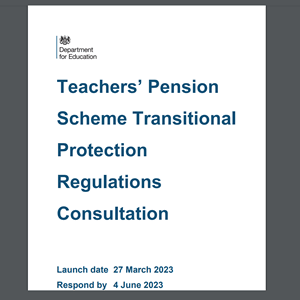
After hearing again, for the umpteenth time, that you MUST have a break in employment to take the final salary pension I decided to put the answer here.
UNDER 60 (Final Salary scheme started before 2007)
Yes, to take this pension “early” you MUST have a break in employment.
60 or OVER
NO! For the NPA60 scheme you do NOT need a break in employment, what you need is a break in “pensionable employment” and these are not the same thing. You can create such a break without leaving employment simply by opting out of the pension.
THE REGULATIONS
https://www.legislation.gov.uk/uksi/2010/990/made/data.pdf
Schedule 7 – Retirement Benefits
Regulation 2:
2.—(1) Where a person (P) satisfies the condition for retirement, the entitlement day for Case A is—
(a) if P is not in pensionable employment on the day on which P reaches the normal pension age in relation to the reckonable service, the day on which P reaches that age, and
(b) if P is in pensionable employment on the day on which P reaches the normal pension age in relation to the reckonable service, the day after P ceases to be in pensionable employment.
Part 2 – Pensionable employment
Regulation 7 paragraph 3
(3) A person who makes an election under regulation 9 (election for employment not to be pensionable) is not in pensionable employment while the election has effect.









